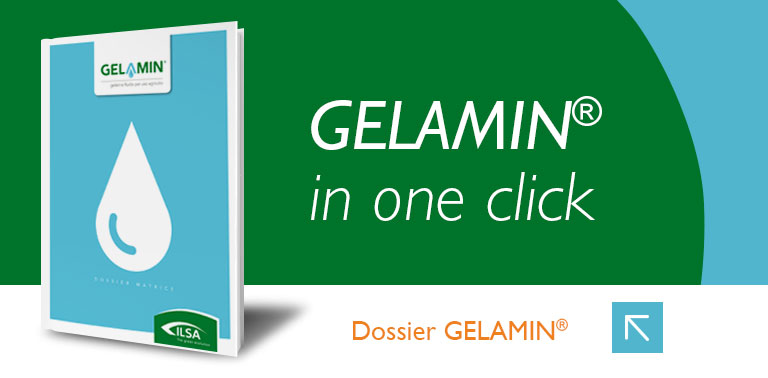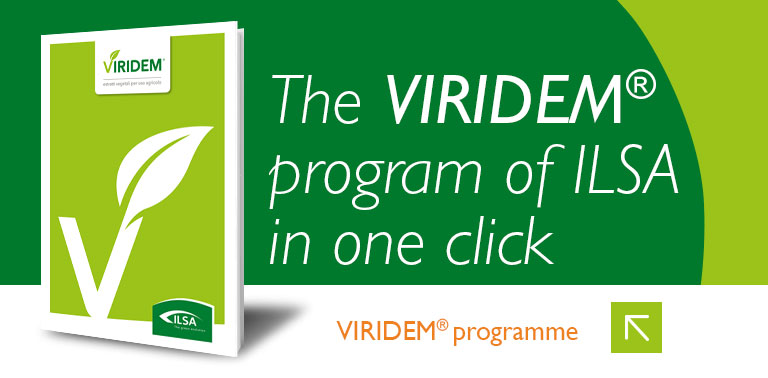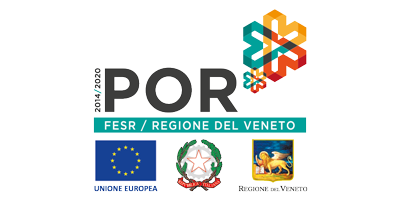Editorials
How to quickly overcome transplant and repotting stresses when temperatures are low
20/11/2018
Transplantation and repotting often represent a critical phase for plants. This change in growth is worsened at wintertime and other low-temperature phases. This leads to a reduction in root growth and a loss of cellular turgor. As a consequence, plants are weakened and less tolerant of environmental adversity and nutritional and parasitic stresses.
To obtain well-lignified and robust plants, after the first post-transplantation fertigation, Ilsa recommends the use of Ilsamin N90 in association with Ilsamin MMZ.
Ilsamin N90 is the ideal biostimulant for plants undergoing various shocks. It is obtained by an enzymatic hydrolysis process (FCEH®) that guarantees a high percentage of total amino acids (such as Glycine, Proline, Arginine, and so on). These are associated with specific organic components that activate the plant's defences, stimulate vegetative growth and improve recovery following transplant stress, low temperatures, and nutritional imbalances, amongst other adverse conditions. Moreover, Ilsamin N90, when used in association with a nutrient, has a synergistic action, promoting the absorption and transport of the nutritive elements in the plant.
Ilsamin MMZ is a nutritional speciality based on meso and oligo elements such as:
- Magnesium, which can activate respiration and photosynthesis, amongst other things. Furthermore, magnesium facilitates the transfer of phosphorus in the vegetative apices and in the seeds and prevents many physiopathies that could otherwise be caused due to its deficiency (apple phytoplasty, desiccation of the vine rachis, interveinal Chlorosis, and so on).
- Zinc that stimulates the production of natural auxins (IAA) fundamental for cell growth, increases the resistance of plants to pests, prevents and treats possible physiopathies resulting from zinc deficiency (interveinal Chlorosis and dwarfism).
- Manganese, which is essential for the synthesis of chlorophyll and amino acids, provides resistance to some pathogens (e.g. oxide of the grapevine and cereals) and prevents and treats possible physiopathies due to Manganese deficiency (interveinal Chlorosis on young leaves and wrinkling and browning of the radicles).
Ilsamin MMZ is enriched with organic substances with a humectant and tackifying action, which promote the covering of the foliar systems, stimulating absorption via leaves and the subsequent translocation of nutritive elements in the plant.
Finally, the association of Ilsamin N90 to Ilsamin MMZ in foliar application favours:
- Increasing plant tolerance for transplantation and repotting stress; there is less plant death in the field and a good stimulus for the growth of new vegetative tissues (new roots, shoots and elongation of the stem).
- The recovery of the photosynthetic process with the consequent production of carbohydrates, which is essential for vegetative development; we obtain well-lignified plants with a well-branched foliar system, which are less susceptible to environmental changes.
Ilsamin N90 should be used at a dose of 1.5–2 kg/ha and Ilsamin MMZ should be applied at a dose of 2 kg/ha. The foliar applications must be carried out in 2 interventions at intervals of 7–12 days, starting from the post-transplantation and repotting phase.
To see and download all the details related to Ilsa nutritional formulas, go to www.ilsagroup.com in the Nutrition and Biostimulation sections. There, you will also discover the range of biostimulants and nutritional specialties of the Viridem® program. By registering, you will receive the technical documentation for further information.

.png)





.png)
















